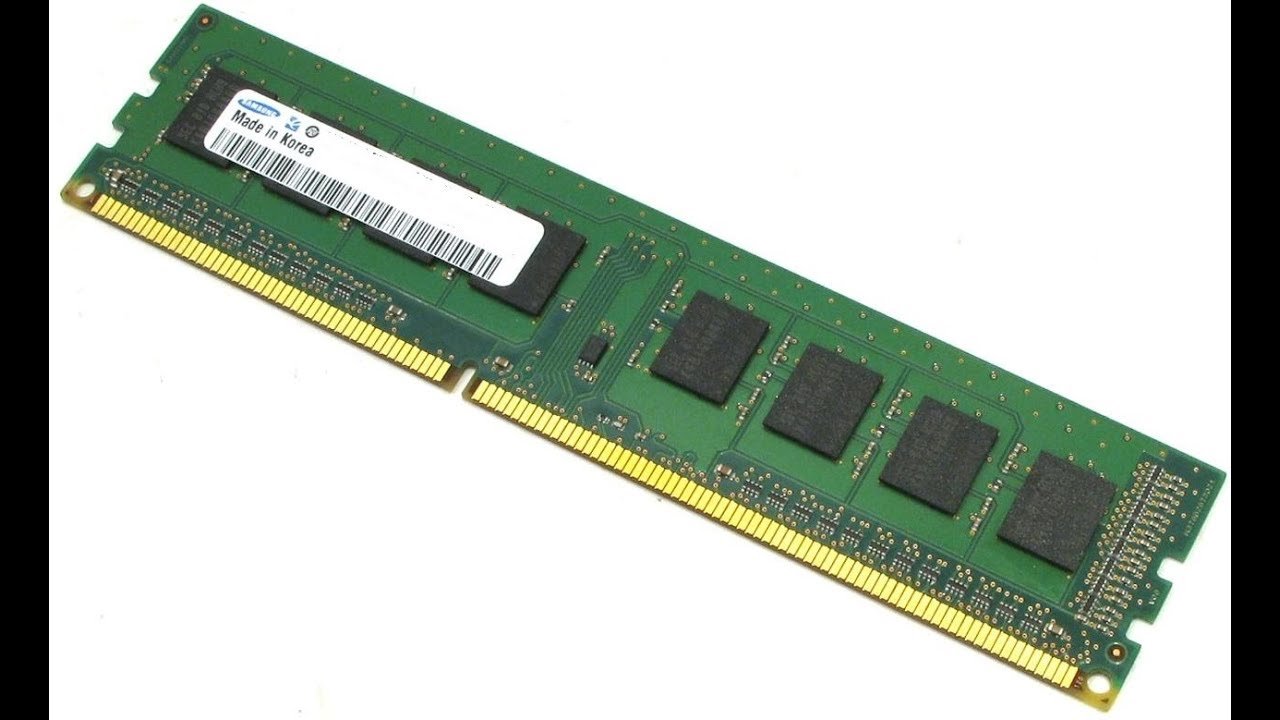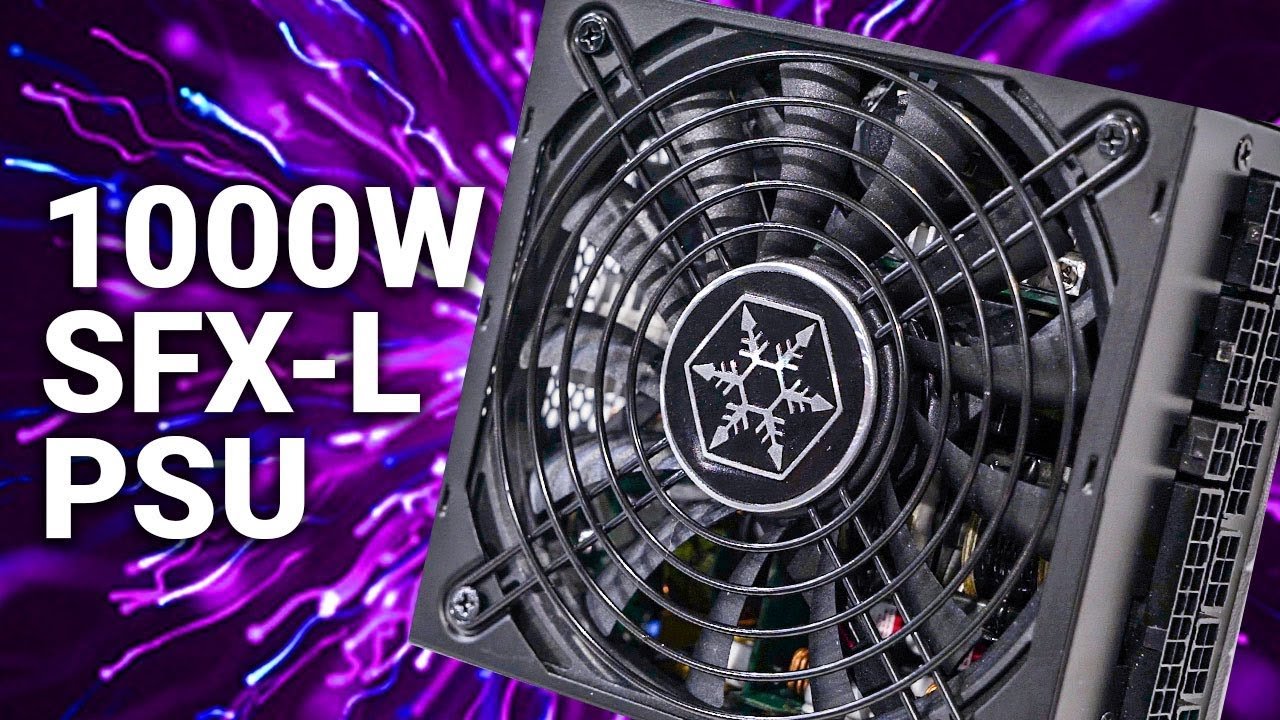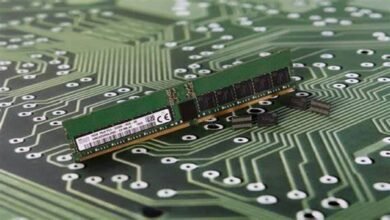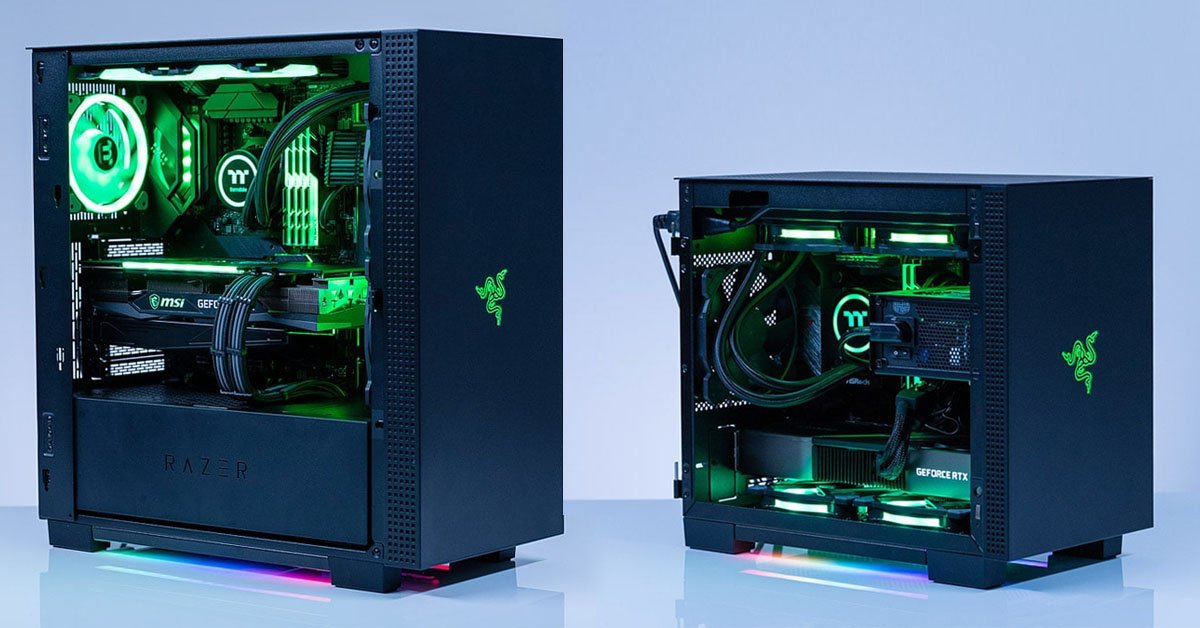DIMM RAM: Installation, Benefits & Trends
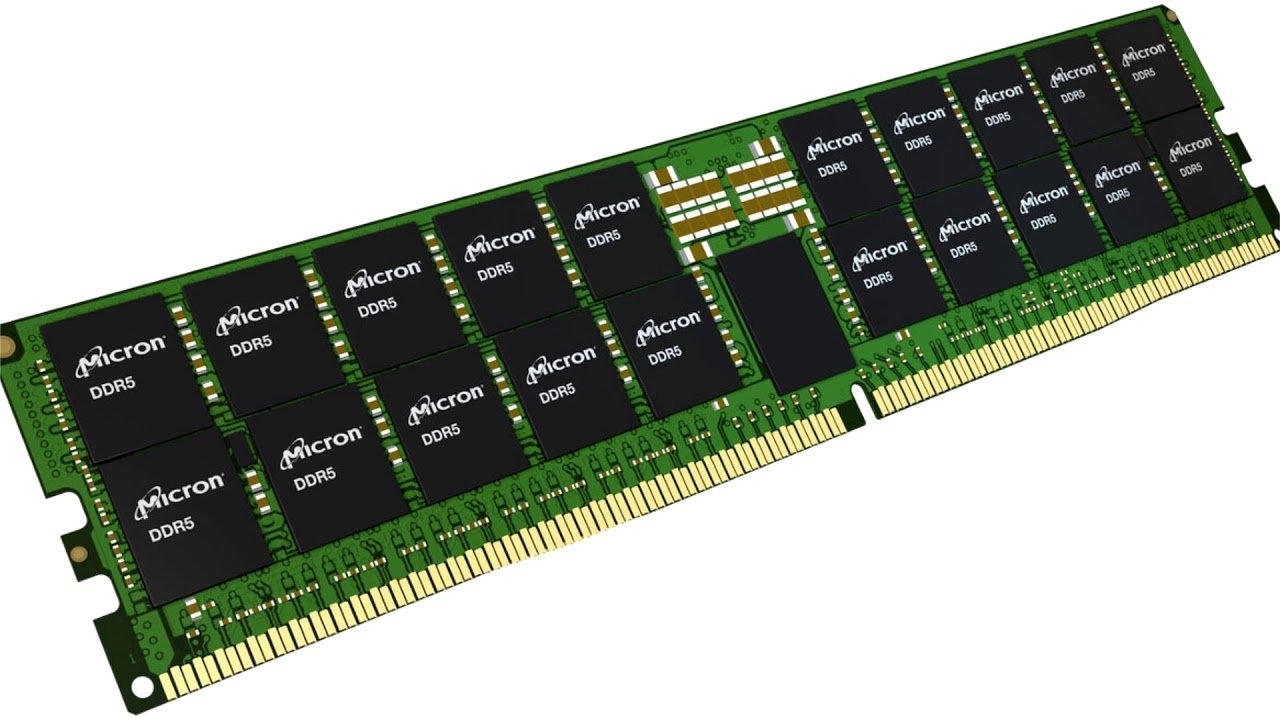
Introduction to DIMM RAM
Understanding RAM and Its Significance
RAM, often likened to a computer’s short-term memory, temporarily stores data that the CPU needs for immediate access. It’s a vital element in multitasking and running applications smoothly. As software and applications become more sophisticated, the demand for efficient RAM increases.
Different Types of RAM
What is DIMM RAM?
DIMM (Dual In-Line Memory Module) RAM constitutes a module containing dynamic RAM chips assembled on a circuit board, enabling quicker data retrieval compared to earlier iterations. This standardized format is widely utilized in desktops and servers, delivering heightened performance owing to its broader data path and increased bandwidth. DIMM RAM optimizes data access by incorporating dynamic RAM chips onto a single circuit board, allowing faster read and write operations. Its enhanced data transfer and processing capabilities significantly improve overall system performance, making it a fundamental component in modern computing devices. DIMM RAM’s wider data path and elevated bandwidth facilitate faster data access and retrieval, catering to the demanding needs of desktop and server environments for efficient and swift data handling.
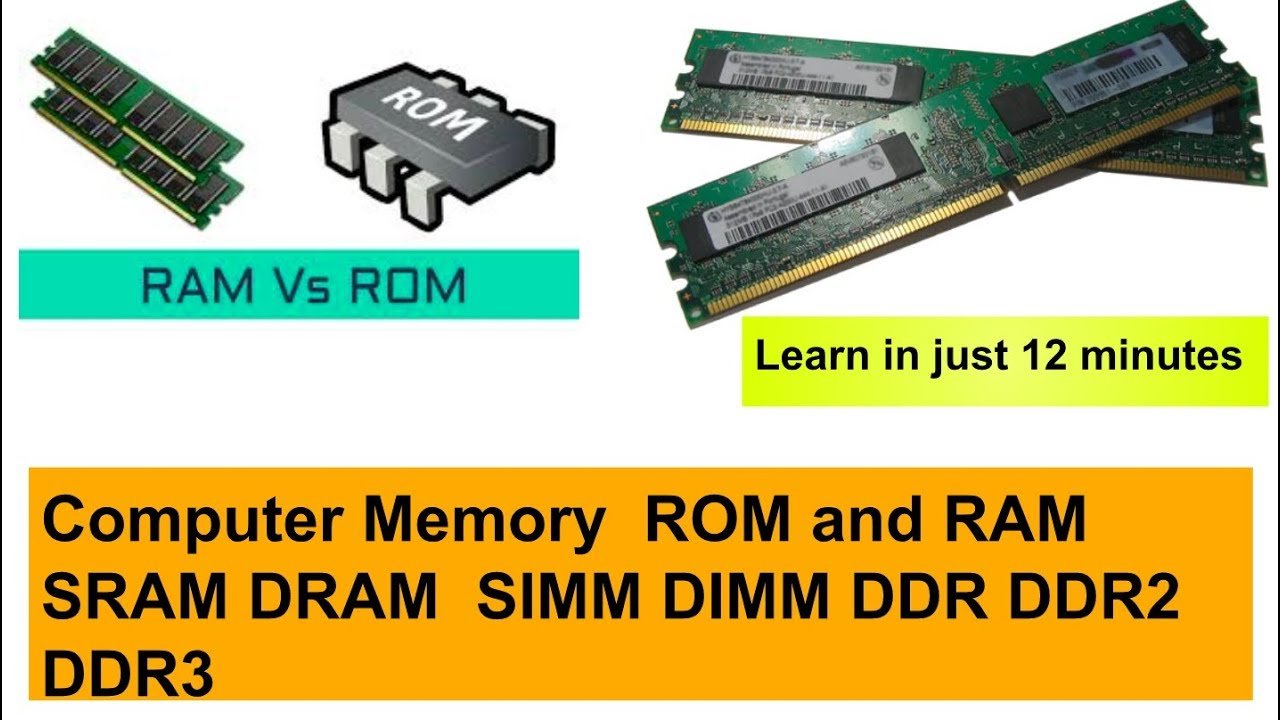
Benefits of DIMM RAM
DIMM RAM presents a multitude of advantages that collectively elevate system performance. Its faster data transfer rates significantly expedite the exchange of information within the computer, amplifying overall processing speed. The module’s capacity for smoother multitasking allows users to operate multiple applications seamlessly simultaneously without compromising system efficiency. Enhanced system responsiveness is a notable benefit attributed to the swifter data access and retrieval facilitated by DIMM RAM. Moreover, its ability to offer larger bandwidth catalyzes improved performance, enabling the computer to handle data-intensive tasks more efficiently. The advantages of DIMM RAM converge to augment a computer’s capabilities by accelerating data transfer, bolstering multitasking abilities, refining responsiveness, and fortifying overall performance, contributing significantly to an enhanced user experience across various computing tasks and operations.
Factors Influencing DIMM RAM Performance
The efficacy of DIMM RAM performance hinges upon several critical factors, including speed, capacity, and frequency. Elevated speed ratings and capabilities alongside suitable frequencies are pivotal in optimizing the RAM’s efficiency and overall performance. Higher speed ratings allow for swifter data access and transfer within the memory module, facilitating quicker operations and data handling. Moreover, increased capacities enable the RAM to accommodate larger volumes of data, supporting more extensive workloads and multitasking activities without compromising efficiency. Aligning these attributes with appropriate frequencies ensures synchronization with the computer’s processor, enabling efficient communication and data exchange. Essentially, the interplay between higher speed and capacity specifications coupled with the correct frequencies directly influences the effectiveness of DIMM RAM, resulting in improved performance and enhanced efficiency in handling computing tasks and operations.
Installing DIMM RAM
Adding DIMM RAM involves a simple procedure. Following a straightforward guide, users can effortlessly enhance their system’s memory, leading to noticeable performance improvements. Firstly, ensure the machine is powered off and the static strength discharged. Identify the RAM slots on the motherboard, align the notches on the DIMM module with the ones at the slot, and gently insert the module till the clips securely match into the vicinity. Once installed, power up the system to verify the updated memory capacity. This uncomplicated process allows users to swiftly upgrade their computer’s memory, boosting its capabilities and empowering it to handle more demanding tasks effectively.
Overclocking and DIMM RAM
Overclocking, increasing the issue’s clock charge, may be applied to DIMM RAM to reap higher performance. However, it requires warning and proper understanding to avoid detrimental hardware. Overclocking might also result in extended heat era and balance problems, so tracking temperatures and trying out for stability is essential while overclocking DIMM RAM.
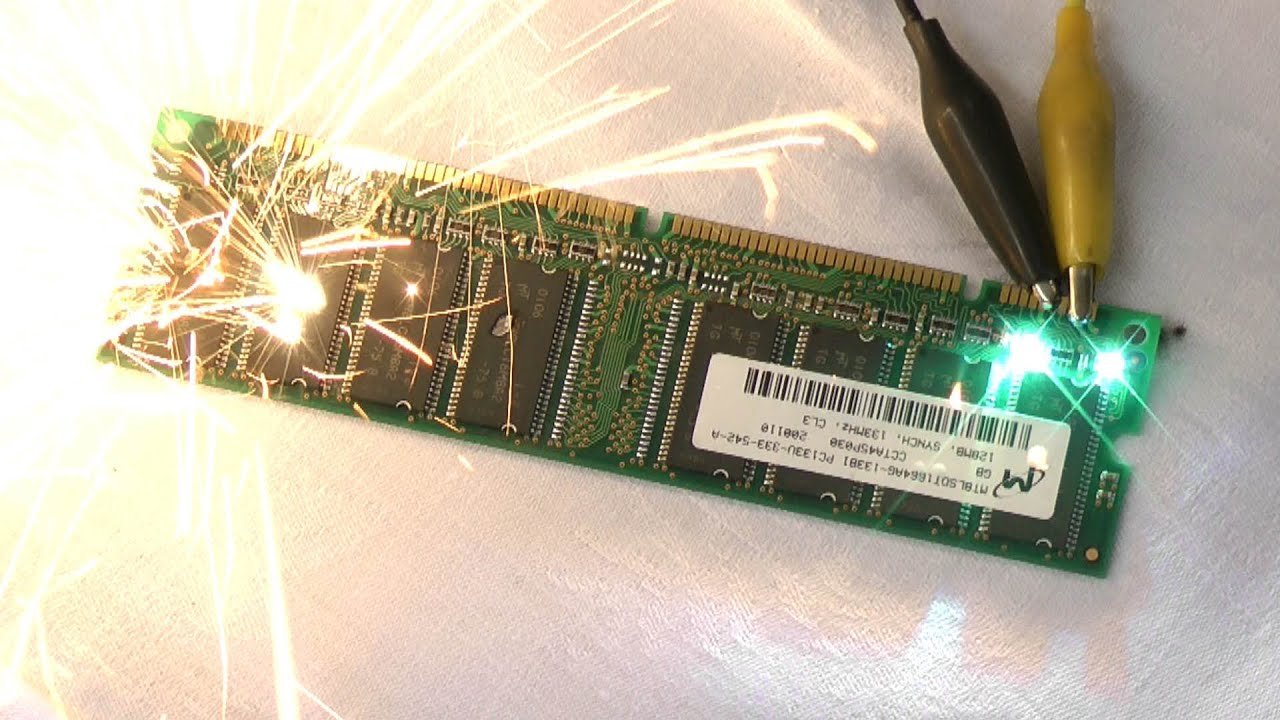
Compatibility Issues and Troubleshooting
Sometimes, compatibility issues arise while installing or upgrading DIMM RAM. Troubleshooting methods exist to address these concerns, ensuring a smooth installation process. Compatibility issues could stem from mismatched RAM types, incompatible frequencies, or faulty modules. Refer to the motherboard’s manual and vendor recommendations to troubleshoot compatibility problems.
Upgrading DIMM RAM: When and How?
Knowing when to upgrade DIMM RAM and understanding the process is crucial for enhancing a computer’s performance. This section provides insights into the optimal time for an upgrade and the steps involved. Upgrading RAM Can significantly enhance the machine’s overall performance, specifically while going through sluggishness for multitasking or going for walks in reminiscence-in-depth applications. Before upgrading, determine the maximum RAM potential supported by the motherboard, the sort of RAM required, and the number of to-be-had slots for setup.
Future of DIMM RAM Technology
As technology progresses, the future of DIMM RAM holds promises of even faster speeds, larger capacities, and more efficient data handling. Innovations in this field are anticipated to revolutionize computing experiences further. Advancements such as increased densities, improved power efficiency, and enhanced speeds are expected to meet the demands of future computing applications.
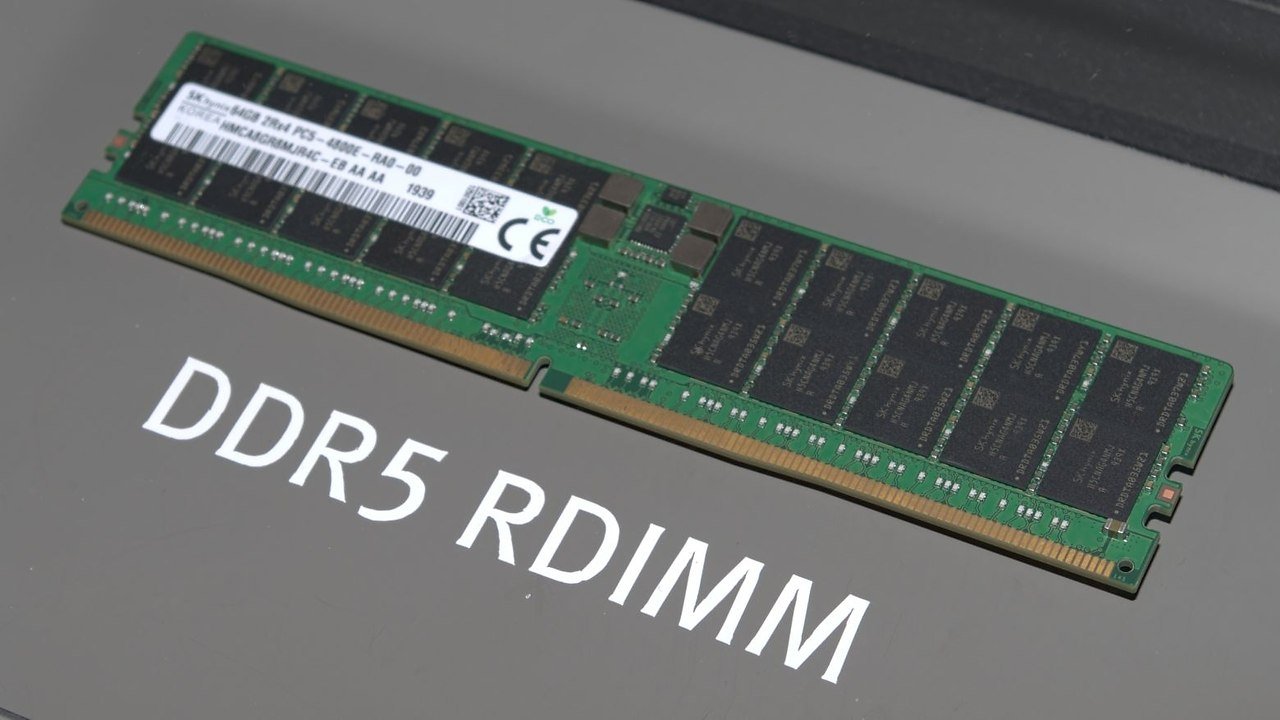
Conclusion
DIMM RAM plays a pivotal role in augmenting computer performance, standing as an indispensable component in modern computing systems. Its continuous advancements have been instrumental in refining the efficiency of computer operations and expediting processing speeds. By integrating cutting-edge technologies and innovations, DIMM RAM has adapted to meet the ever-evolving demands of modern technology. Its contributions lie in facilitating smoother operations and fostering faster processing, aligning with today’s computing landscape’s increasingly complex tasks and applications. The ongoing evolution of DIMM RAM reflects a commitment to enhancing system capabilities, ensuring that computers can handle intensive workloads and diverse functions with improved efficiency and responsiveness, ultimately shaping a more seamless and agile computing experience for users.
FAQS
2. How do I determine the compatible DIMM RAM for my system?
- Check your motherboard's specifications to understand the supported RAM types, capacities, and frequencies compatible with your system.
3. Is overclocking DIMM RAM safe?
- Overclocking can improve performance but should be done cautiously to prevent hardware damage. It might void warranties and lead to instability if not executed properly.
4. What is the lifespan of DIMM RAM?
- DIMM RAM, under normal usage, can last for several years. Its lifespan can vary based on usage patterns and environmental factors.
5. Will upgrading DIMM RAM alone significantly improve my computer’s speed?
- Upgrading DIMM RAM can enhance multitasking and application performance. However, the overall speed improvement also depends on other hardware components.

